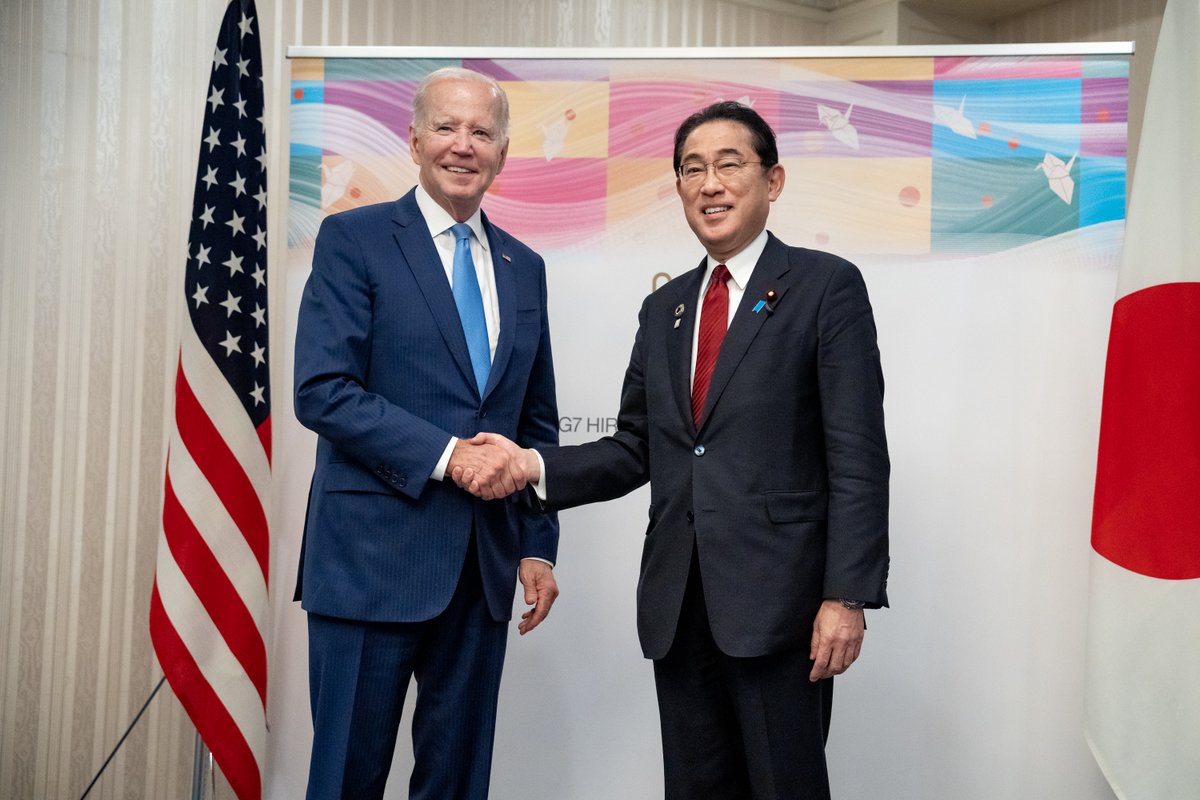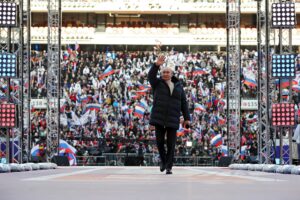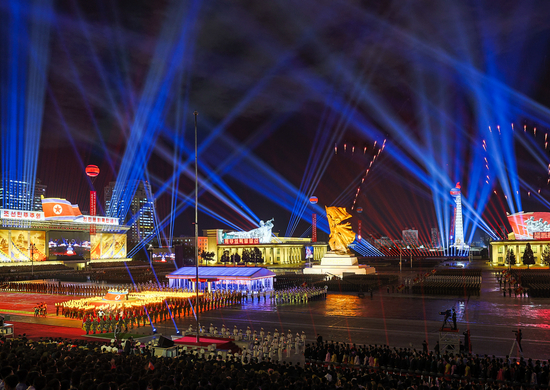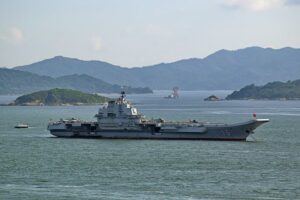 Japanese Prime Minister Fumio Kishida and U.S. President Joe Biden | @POTUS on X
Japanese Prime Minister Fumio Kishida and U.S. President Joe Biden | @POTUS on X
Japanese Prime Minister Fumio Kishida Set to Visit the U.S. and Address Regional Security Threats
Japanese Prime Minister Fumio Kishida is set to visit the United States this week as the two countries seek to address regional security threats. Japan had for years been strengthening its military to contend with China, but it was the 2022 Russian invasion of Ukraine that ultimately prompted Tokyo to reimagine its defense strategy. Kishida subsequently unveiled plans to surge defense spending to 2% of GDP by 2027 to confront “the most severe and complex security environment since the end of World War II.” China and Russia, along with North Korea, have shaped this perilous security environment. With this in mind, an analysis of the threats posed by each of these nations to Japanese security is warranted.
The Russia Threat

Russian President Vladimir Putin at a Moscow rally celebrating the invasion of Ukraine.
Russia and Japan fought on opposing sides during World War II but never signed a peace treaty due to a dispute over the Kuril Islands—a dispute that remains unresolved. Japan considers these islands “illegally occupied,” and increased Russian military activity nearby has concerned Tokyo. Additionally, Japan’s support for Ukraine and its sanctions on Russia have exacerbated tensions; Russia recently warned of “severe consequences” if Japanese-made Patriot missile systems end up in Ukraine. Russian cyberattacks also present a threat, evidenced by the crippling attack on Japan’s largest port last year. Nevertheless, Russia remains ensnared in Ukraine and does not currently possess the capability or the will to seriously threaten Japan.
The North Korea Threat

North Korean military parade.
North Korea poses a “more grave and imminent threat to Japan’s national security than ever before,” according to Japan’s 2023 defense white paper. Pyongyang has nuclear missiles pointing at Japan and has even launched intercontinental ballistic missiles over Japanese territory, forcing civilians to shelter. Chemical and biological weapons are also assumed to be in North Korea’s arsenal. Furthermore, a new spy satellite and an alleged underwater nuclear drone capable of generating a “radioactive tsunami” demonstrate North Korea’s evolving capabilities. Despite threatening to “sink” Japan, the likelihood of a North Korean attack remains low, given that it would presumably elicit a severe American response that could end the Kim regime.
The China Threat

Chinese aircraft carrier Liaoning.
China is referenced in Japan’s 2023 defense white paper considerably more than both Russia and North Korea. The report designates China as Japan’s “greatest strategic challenge,” an assessment fueled by Beijing’s unfounded territorial claims, increased militarism, and economic coercion.
Located in the East China Sea, the Senkaku Islands are administered by Japan but also claimed by China. The islands lie approximately 100 miles from Taiwan and form part of the first island chain—a geographical barrier that is leveraged to constrain Chinese power projection in the Western Pacific. China has become increasingly hostile around the Senkaku Islands, establishing an air defense identification zone and harassing Japanese fishermen with its coast guard. China’s actions in the South China Sea also impact Japan, given its heavy reliance on imports—many of which travel through this vital maritime space. Moreover, the prospect of a Chinese invasion of Taiwan is unsettling in Japan. This eventuality would likely trigger a U.S. military intervention, necessitating the use of American bases in Japan and potentially dragging Japan into the war with China. Even if Japan managed to avoid combat, a Chinese takeover of Taiwan would put Japan in an untenable security position that may require it to fundamentally alter its foreign policy to live under Chinese influence.
China’s economic power creates an additional challenge. While Japan upheld its trade ban on North Korea and engaged in only $17 billion worth of trade with Russia in 2022, China is Japan’s largest trading partner, having conducted $313 billion worth of trade with Tokyo during the same period. However, China’s economic coercion has compelled Japan to de-risk its economy. After a 2010 incident, when Japan’s coast guard arrested a Chinese fishing trawler captain, China responded by blocking exports of rare earth elements to Japan, a move that threatened to debilitate the Japanese automotive and electronics industries. While Japan’s dependency on Chinese rare earths has improved, it is still a significant vulnerability.
Conclusion
During his visit to the U.S., Japanese Prime Minister Fumio Kishida is likely to address these regional security threats, as enhancing defense ties and expanding arms co-development are expected to be at the top of his agenda. An ascendant China, a resurgent Russia, and an erratic North Korea demand an unwavering U.S.-Japan alliance—an alliance that serves to deter adversaries from taking advantage of Japan’s otherwise limited ability to respond. China poses the greatest threat to Japanese security due to its aggressive territorial ambitions, ambitions that are supported by its increasing military capabilities and immense economic power. Prime Minister Kishida will certainly have this in mind when he arrives in Washington this week.
Image Credit (1): “2022 Moscow rally 2” by Пресс-служба Президента России is licensed under CC BY 4.0.
Image Credit (2): “Minister of Defence of Russian Federation takes part in solemn events dedicated to 70th anniversary of Day of Victory in Great Fatherland Liberation War 02” by Mil.ru is licensed under CC BY 4.0.
Image Credit (3): “File:Aircraft Carrier Liaoning CV-16.jpg” by Baycrest is licensed under CC BY-SA 2.5.





